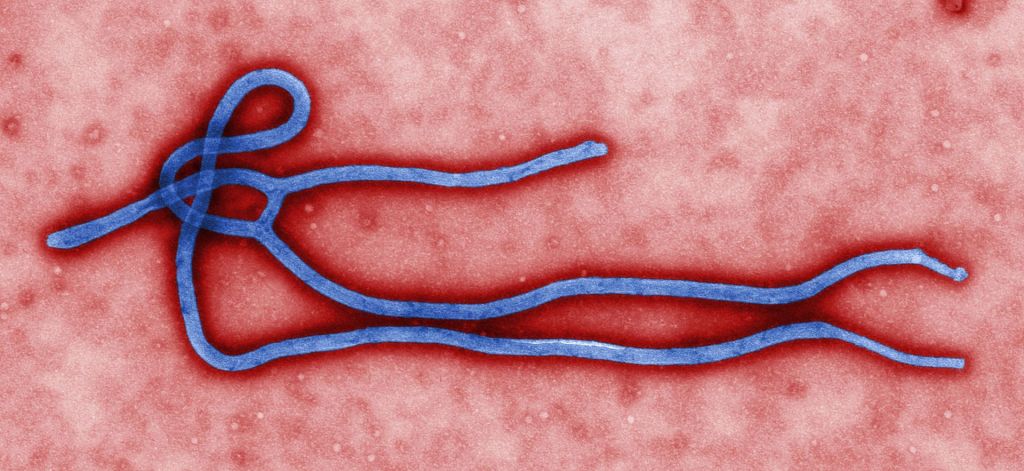In recent weeks, the news has dealt mainly with the novel Corona virus. As time goes on, the war against the virus intensifies, its presence has spread and is accelerating in more and more regions of the world. The world till recently has had open borders, the movement of people in our joint space and the high concentration of people living in close proximity has increased the number of patients infected by the virus. This is especially true of large, crowded cities where the Covid-19 disease spread by the novel Corona virus spreads rapidly, posing a growing challenge for the World Health Organization, world governments and health care systems. Humans have struggled with viral infections before, our modern way of life may have changed but the struggles stay the same.
A pandemic is a rapid spread of an infectious disease to a large number of people in the population within a short time, usually about two weeks or less. For example, a morbidity rate exceeding 15 cases per 100,000 people for two consecutive weeks is considered a pandemic. Infectious disease pandemics are usually caused by several factors one of which is a change in the ecology of the host population. In the case of the novel corona virus, the change is that the virus moved from bats, its first host, to humans.
Another factor of a pandemic is that the bacteria or viruses spreading the disease are highly contagious, but are also not immediately lethal to the host. This creates a longer window of infection, which to the bacteria or viral disease is the successful existence of their kind. In some cases, the infectious disease symptoms appear only a few days after the infection, so the virus or bacteria manage to “hide” in the host body and socially circulate with it spreading to other hosts with no one being the wiser.
The degree of mobility of the hosts is also an important factor. A small tribe in Africa will not spread a disease as much due to its constrictions of movements. Hosts in large central places where people’s movements are not restricted and open to worldwide travel will have a much larger effect. Another factor is the response to the pandemic. If the carriers are isolated from society or a vaccine / cure exist, the pandemic is easier to contain and eventually eliminate.
In documented history there have been quite a few fatal pandemics with numerous victims. The outbreaks include:
- Ebola virus: A virus that causes hemorrhagic fever. Infected people develop high fever and bleeding throughout the body causing shock, organ failure and death. The virus was discovered in 1976 in outbreaks that occurred simultaneously in Sudan and the Democratic Republic of Congo. Ebola virus is spread through contact with infected blood, tissue or other body fluids of infected people or animals. The known strains vary dramatically in their fatalities. One of the strains, Ebola Reston, is not lethal to people. However for people infected with the bundibugyo strain, the mortality rate is 50 percent and 71 percent among those infected with the Sudanese strain. The outbreak in West Africa that began in early 2014 has been defined as the largest and most complex outbreak of the disease to date, according to WHO, the death toll was at 5000 people. The virus was destroyed and the epidemic was eliminated.


- Marburg virus: Detected in 1967. A small-scale outbreak occurred among laboratory workers in Germany who were exposed to infected monkeys imported from Uganda. The Marburg virus is similar to Ebola in that both can cause hemorrhagic fever. The mortality rate in the first outbreak was 25 percent, but it was more than 80 percent in the 1998-2000 outbreak in the Democratic Republic of Congo, as well as in the 2005 outbreak in Angola, according to the World Health Organization. The death toll was several hundred people.
- Rabies virus: Although the Rabies vaccine was introduced in the 1920s and has helped make the disease the rarest in the developed world, this condition remains a serious problem in India and parts of Africa. Failure to timely treat the disease results in close to 100% mortality.
- AIDS virus: An estimated 36 million people have died of AIDS since the disease was first recognized in the early 1980s. Powerful antiviral drugs have allowed people to live for years carrying HIV. Nearly 1 in 20 adults in sub-Saharan Africa has AIDS. AIDS is often transmitted through sexual contact as it is spread through contact with infected blood or semen.
- Smallpox: In 1980, the World Health Organization declared that the world was free of smallpox. But before that, human’s battled smallpox for thousands of years, the disease killed 1 in 3 of those infected. Survivors who recovered from the disease were left with deep, permanent scars and often blindness. Historians estimate that 90 percent of America’s indigenous population died from smallpox brought by European explorers. In the 20th century alone, smallpox virus killed 300 million people.
- Flu (Influenza) virus and its many variants: During a typical flu season, around 600,000 people worldwide die from the virus. Sometimes, when a new influenza strain is discovered, an epidemic is created with a faster spread of morbidity and mortality rates. In the outbreak of the deadliest influenza epidemic, often called the Spanish influenza, which began in 1918; up to 40 percent of the world’s population was infected. This pandemic killed about 50 million people.
Humanity’s fight against viruses is far from over. It is important to be aware and receive updates from reliable sources such as the CDC or your country’s health department. Humanity’s ability to contain viral outbreaks today is significantly greater than in the past and increasing every year. We have developed a variety of vaccines at a fast and effective rate. We know how to treat sick patients and help them overcome the symptoms of the disease through modern medicine. We know how to isolate and map the virus (genetic build) and sometimes even eliminate it completely. For infections by viruses that undergo rapid mutations, such as the influenza virus, treatment is mostly rest at home and consume fluids. Obviously, if a vaccine is available, you should take it. If the symptoms get worse, seek medical care. Social distancing is a measure to take to slow the contagion of the healthy. Keep in mind that a healthy body, has a strong immune system that can battle viruses and recover.





